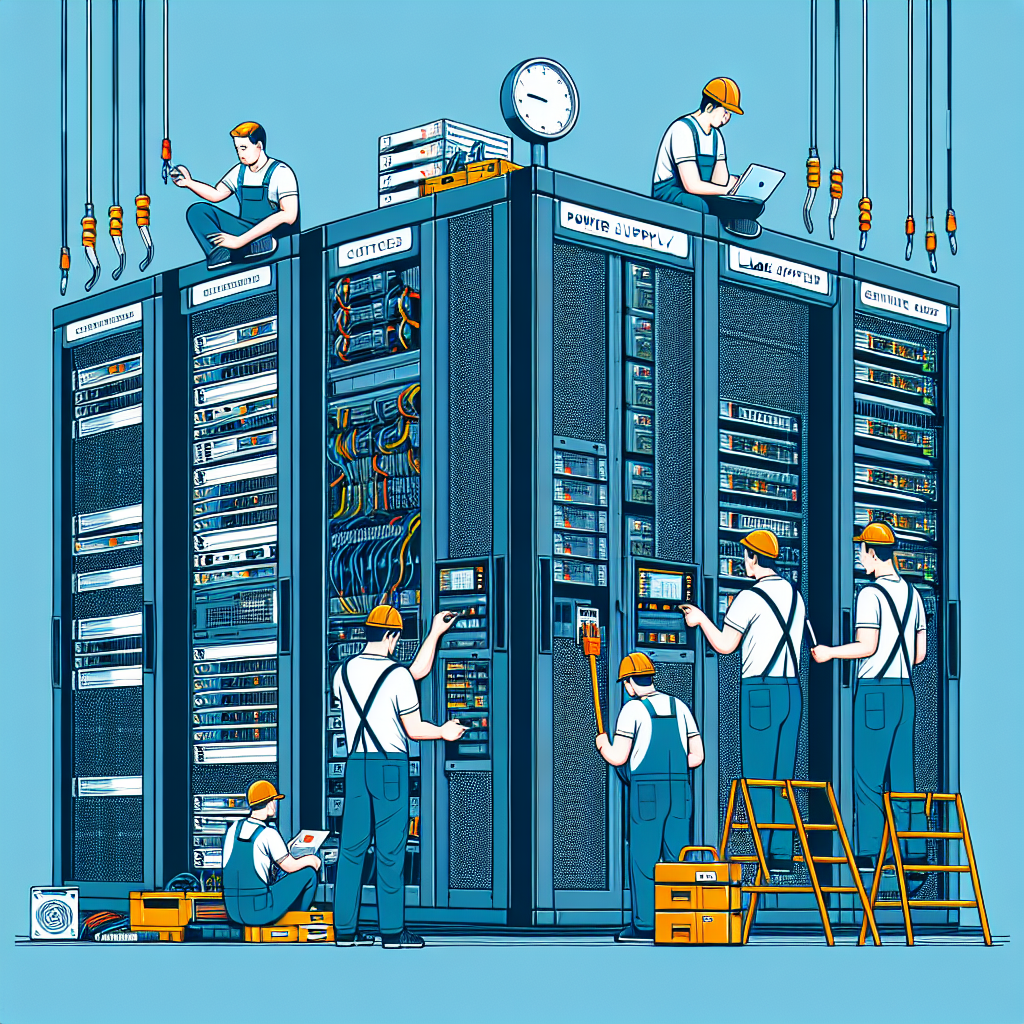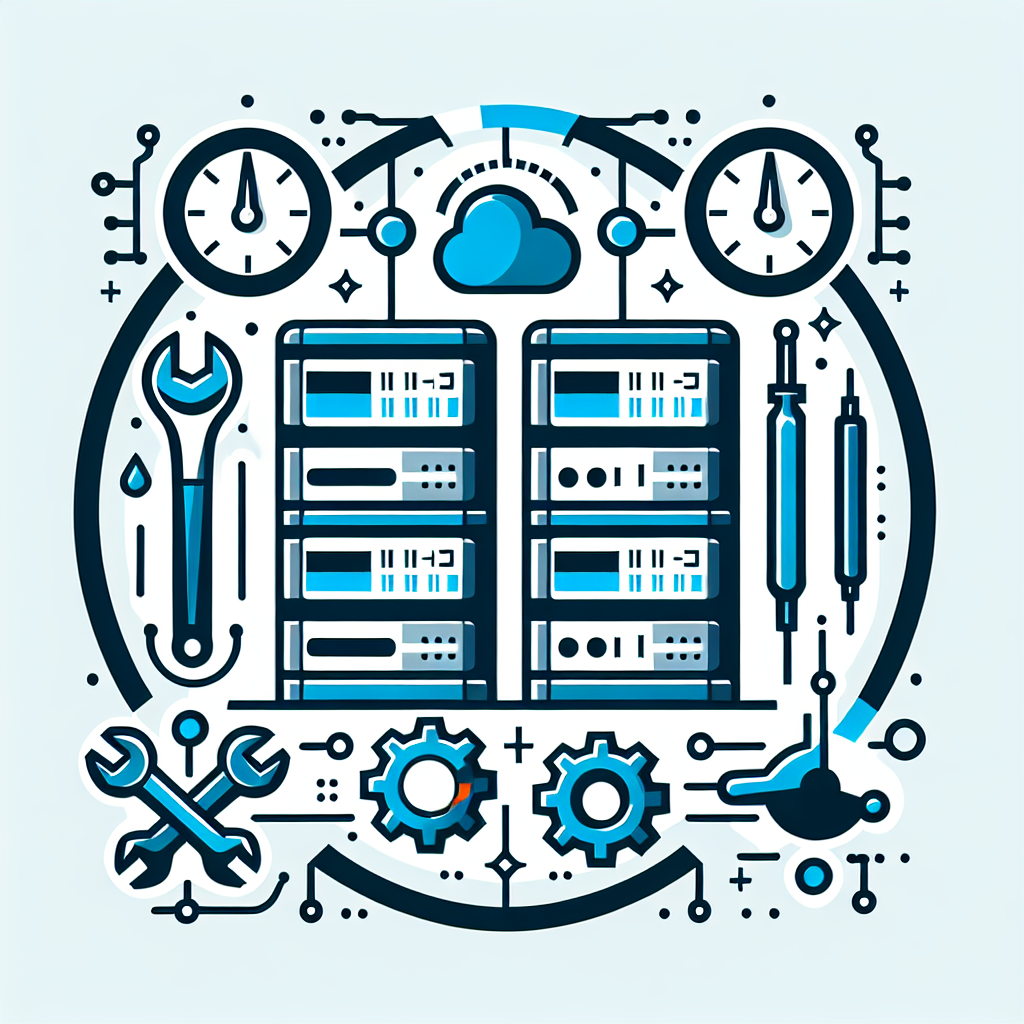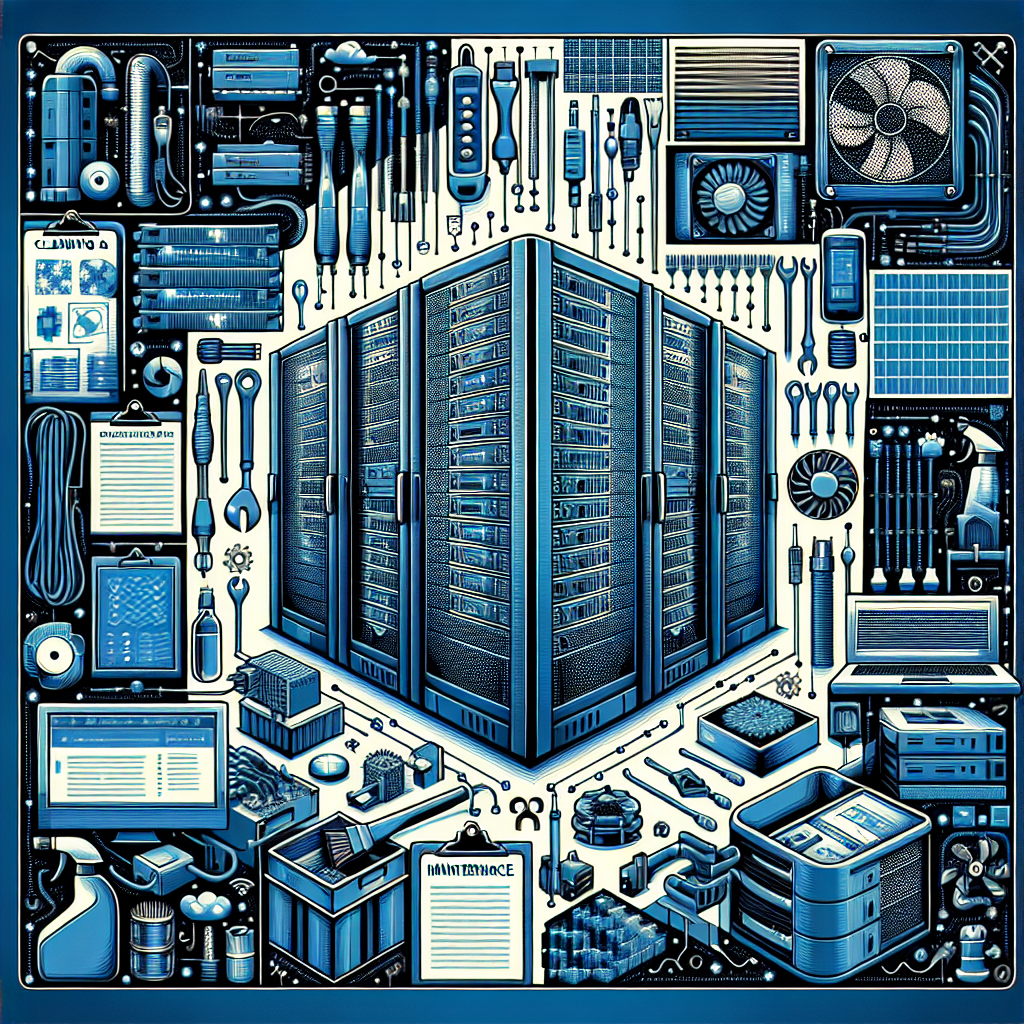Data centers are the backbone of countless businesses, housing critical infrastructure and storing valuable data. In order to ensure smooth operations and prevent costly downtime, it is crucial to prioritize the servicing and upkeep of data centers. Here are some key steps for effective data center servicing and upkeep:
Regular Maintenance Checks: Regular maintenance checks are essential to identify any potential issues before they escalate into major problems. This includes inspecting equipment for signs of wear and tear, checking for overheating, and testing backup systems. By conducting regular maintenance checks, you can prevent unexpected downtime and ensure the reliability of your data center.
Implement a Preventative Maintenance Plan: In addition to regular maintenance checks, it is important to implement a preventative maintenance plan. This involves scheduling routine maintenance tasks, such as cleaning filters, replacing worn-out components, and updating software. By following a preventative maintenance plan, you can address potential issues before they cause disruptions to your data center operations.
Monitor Environmental Conditions: Data centers are sensitive to environmental conditions, such as temperature and humidity levels. Monitoring these conditions is crucial to prevent equipment overheating and ensure optimal performance. Investing in environmental monitoring systems can help you track these conditions in real-time and take proactive measures to maintain a stable environment in your data center.
Update Security Measures: Data centers store valuable information, making them a prime target for cyber attacks. To protect your data center from security threats, it is important to regularly update security measures, such as firewalls, antivirus software, and access controls. Regular security audits can help identify vulnerabilities and prevent unauthorized access to your data center.
Train Staff on Best Practices: Your data center staff plays a crucial role in maintaining the efficiency and security of your data center. Providing regular training on best practices for data center servicing and upkeep can help ensure that your staff is equipped to handle maintenance tasks and respond effectively to emergencies. Training should cover topics such as equipment handling, safety protocols, and security procedures.
Partner with a Reliable Service Provider: Despite taking all necessary precautions, unexpected issues can still arise in a data center. Partnering with a reliable service provider can help you quickly address any issues and minimize downtime. Look for a service provider with experience in data center servicing and a track record of providing timely and efficient support.
In conclusion, effective data center servicing and upkeep are essential for maintaining the reliability and security of your data center. By following these key steps, you can prevent downtime, protect valuable data, and ensure the smooth operation of your data center. Prioritizing maintenance checks, implementing a preventative maintenance plan, monitoring environmental conditions, updating security measures, training staff, and partnering with a reliable service provider are all critical components of a successful data center servicing and upkeep strategy.









You must be logged in to post a comment.